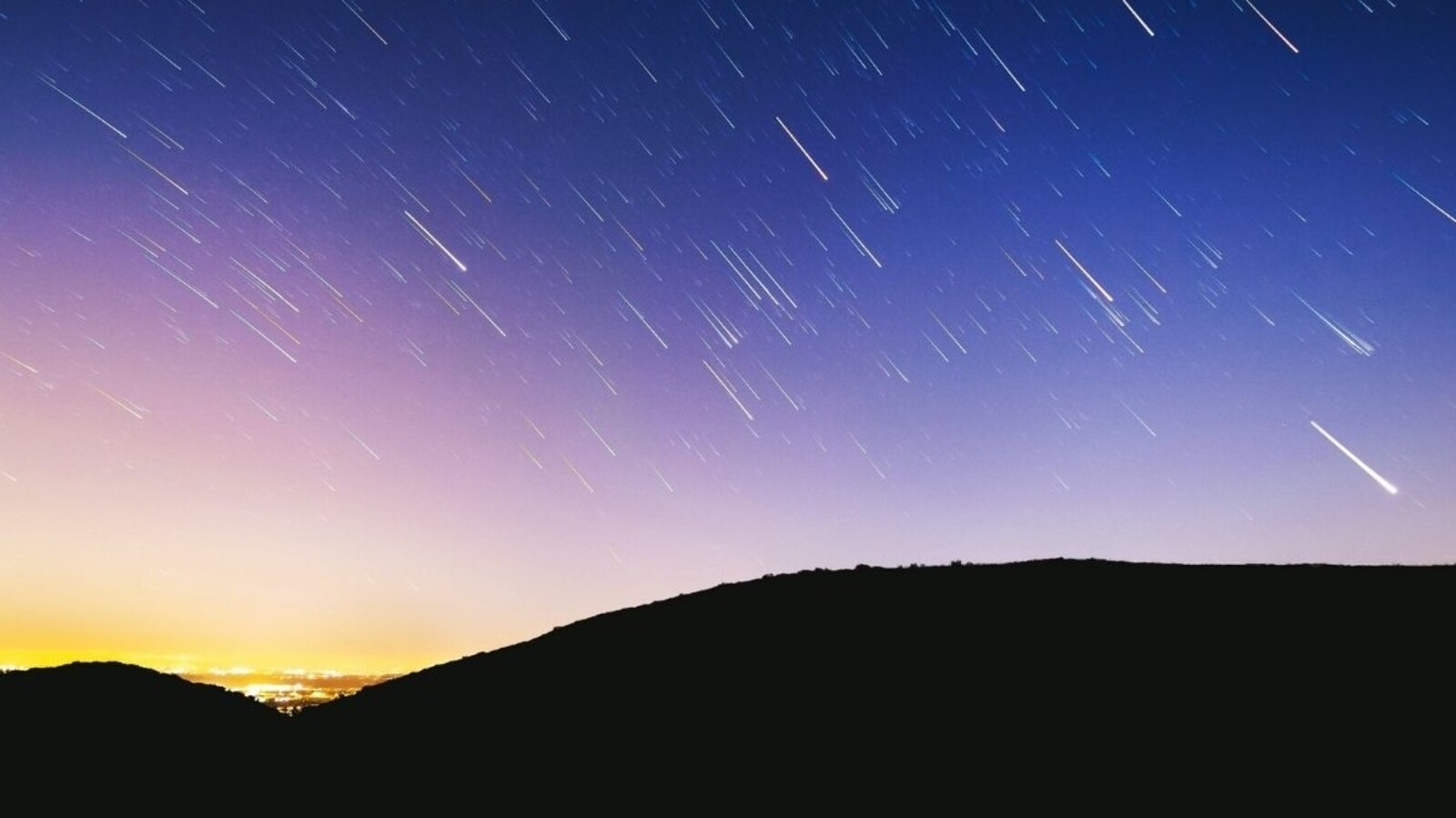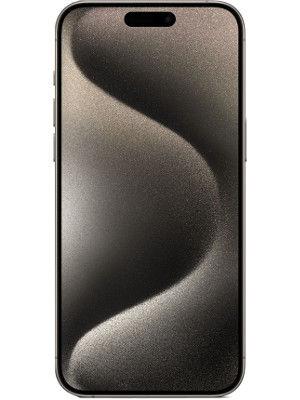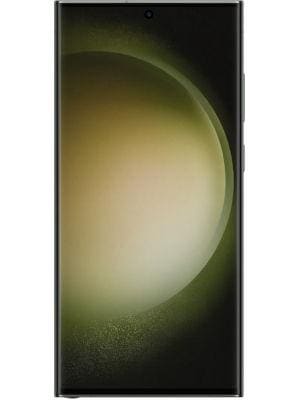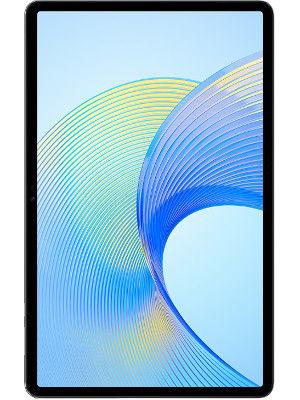Tau Herculids meteor shower amazes people; check these STUNNING images
The Tau Herculids meteor shower took place yesterday. While it did not turn into a meteor storm, the sight was still brilliant. Check out these amazing pictures of the event clicked by people all around the world.

As stargazers looked at the sky in anticipation of the Tau Herculids meteor shower, it did not disappoint them. In the early hours of Tuesday morning, many people came out of their homes to view the beautiful meteor shower and even as the event was not a ‘meteor storm' with more than 1,000 meteors per hour, it was a sight to behold. Unfortunately, people living in the eastern hemisphere, including India, missed out on this spectacular event as it was daytime for them. Many people did check out various live streams to see this event, but if you missed out on watching it live, check out the Tau Herculids meteor shower photos below to experience this rare astronomical event.
Earlier, NASA said that this could be an “all or nothing” event, highlighting that the fragments of the meteor needed to move faster than 321 km/h for us to see anything at all. While it was not an all out event, some of the fragments did cross the threshold and people were able to see many shooting stars across the sky. Space.com translated a tweet by the French Network of Amateur Observers of Meteors (BOAM) who said, “It was not the expected storm, but the Earth clearly crossed a cloud of dust from the comet”.
The Tau Herculids meteor shower comes from a little comet
The Tau Herculids meteor shower was courtesy of the comet SW 3, which was first discovered in 1930 by two German astronomers, Friedrich Carl Arnold Schwassmann and Arno Arthur Wachmann. In 1995, astronomers observed the SW 3 and found that it was shining 6.5 magnitudes brighter than normal, highlighting a nearly 400 times increase in its brightness. When observed closely, it was revealed that the meteor had fragmented into 4 pieces. Over the years, it kept breaking into more fragments and at present, it is expected to be divided into as many as 70 smaller pieces.
Check these amazing Tau Herculids images
Many people used their telescopes and astronomy cameras to take beautiful Tau Herculids meteor shower images. These pictures showcase a beautiful night sky littered with small glowing pieces of space rock.
No meteor storm, but certainly a few #TauHerculids tonight, and an excuse to shoot the Milky Way. @DamAstronomy @Chesapecten @Astroguyz @BadAstronomer @JeffEdmondsonWX pic.twitter.com/htfHAZdzR4
— Christopher Becke (@BeckePhysics) May 31, 2022
Bright, slow moving Tau Herculid meteor over northern Los Angeles.#TauHerculids pic.twitter.com/XGIrigQKx8
— Sean-ic (@UncleCapt) May 31, 2022
#TauHerculids saw around 25 tonight from 1030 til MN CT ..excited I captured a few pic.twitter.com/4OchreEQG4
— stacey reid (@sreid1975) May 31, 2022
a meteor from last night just clipped the top of this frame! i really loved being out here all alone til 4 AM. the water was so still that you can see the rocks at the bottom of the lake through the starry reflection 🌌 #TauHerculids pic.twitter.com/4ST50f4aCX
— abdul 🌌🔭 (@Advil) June 1, 2022
Streaking through the night sky, fragments of comet 73P/Schwassmann-Wachmann 3 enter Earth's atmosphere at breakneck speeds and put on a brilliant display for the #TauHerculids meteor shower. pic.twitter.com/5ffsY5onBP
— David D. (@DavidJDPhotos) May 31, 2022
A shot from the Tau Herculids meteor shower tonight.#Astrophotography #TauHerculids pic.twitter.com/B6EWJRf4gC
— Andrew (@AndrewCitrus) May 31, 2022
#TauHerculids meteor shower taken at Kitt Peak @KittPeakNatObs the two domes are Bok (front) and WIYN (back). This is a composite image of 22 single exposures (ISO 10000, 13 seconds). pic.twitter.com/7hZXbBS1Gi
— Jianwei Lyu (@astroskii77) May 31, 2022
I managed to spot 73 meteors out in the stripmines of Gallia County, OH last night! Sadly, the main show was a bust. I still managed to capture a meteor on camera, a first for me! An added bonus was capturing the milkyway as well! #TauHerculids #meteorshower pic.twitter.com/6CQV28GVHX
— Joshua Murdock 📷 (@MurdockPhotosWx) May 31, 2022
If you missed out on this event, do not worry as there is another meteor shower event scheduled for later this year. The Perseids meteor shower will peak around August 11 and 12, and stargazers should mark their calendar for this.
Catch all the Latest Tech News, Mobile News, Laptop News, Gaming news, Wearables News , How To News, also keep up with us on Whatsapp channel,Twitter, Facebook, Google News, and Instagram. For our latest videos, subscribe to our YouTube channel.































